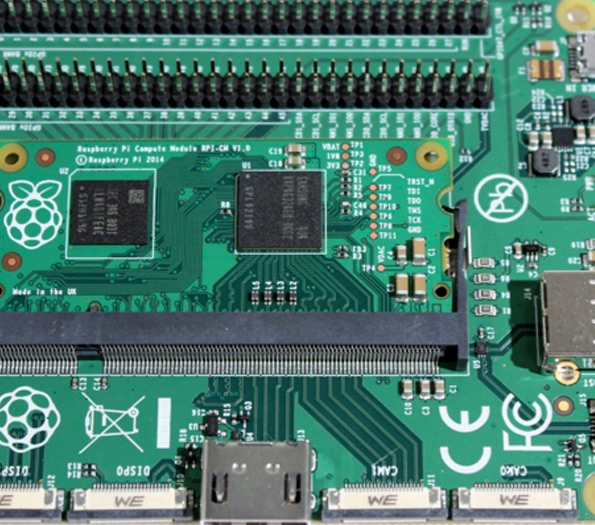

The Importance of Low-E Glass Surface Coating
Low-emissivity (Low-E) glass has become a crucial element in modern architecture and energy-efficient building design. This specialized glass surface coating plays a vital role in regulating heat transfer and enhancing energy efficiency in residential and commercial properties. In this article, we will explore the significance of Low-E glass surface coating, its benefits, and its applications in the construction industry.
Understanding Low-E Glass
Low-E glass features a microscopically thin coating that allows light to pass through while reflecting a portion of the infrared radiation (heat) back to its source. This unique property makes Low-E glass an effective insulation material. The coating is typically made of metallic oxides that are applied to the glass surface during the manufacturing process. Depending on the type of Low-E coating used, the glass can either be designed to minimize solar heat gain or to maximize it, thereby providing flexibility for different climate zones and building requirements.
Benefits of Low-E Glass Surface Coating
1. Energy Efficiency One of the primary advantages of Low-E glass is its ability to reduce energy consumption. By reflecting heat during the warmer months and retaining it during colder weather, Low-E glass helps maintain a stable indoor temperature. This results in lower reliance on heating and cooling systems, ultimately leading to reduced energy bills.
2. UV Protection Low-E coatings also offer significant protection against harmful ultraviolet (UV) rays. These rays can cause fading of furniture, carpets, and artwork over time. By blocking a substantial portion of UV radiation, Low-E glass helps preserve the integrity of interior spaces.

3. Comfort and Aesthetics With Low-E glass, occupants can enjoy more consistent indoor temperatures, leading to enhanced comfort levels. Additionally, the clear, unobstructed views offered by Low-E glass maintain the aesthetic appeal of windows without compromising performance. This makes it an ideal choice for architects and designers aiming to combine functionality with visual appeal.
4. Environmental Impact By improving energy efficiency, Low-E glass contributes to a reduction in greenhouse gas emissions. Buildings constructed with Low-E glass require less energy for heating and cooling, which not only lowers operational costs but also helps mitigate environmental impact. The adoption of such energy-efficient materials is essential in the pursuit of sustainable building practices.
5. Versatility Low-E glass is versatile and can be incorporated into various types of windows, including double or triple glazing configurations. This flexibility allows architects and builders to customize solutions based on the specific needs of a project, whether it's a residential home or a large commercial structure.
Applications of Low-E Glass Surface Coating
Low-E glass is widely utilized in various applications, including residential windows, skylights, curtain walls, and glass doors. Its effectiveness makes it a preferred choice for green building certifications, such as LEED (Leadership in Energy and Environmental Design). Furthermore, as energy codes continue to evolve, Low-E glass is becoming increasingly standard in new construction and renovations.
Conclusion
In conclusion, Low-E glass surface coating is a significant advancement in the field of energy-efficient building materials. Its ability to balance light transmission with thermal performance makes it an essential element for modern architecture. As buildings continue to evolve towards greater sustainability, the role of Low-E glass will undoubtedly become even more prominent, paving the way for a more energy-efficient future. By understanding its benefits and applications, builders, architects, and homeowners alike can make informed decisions that foster both comfort and environmental responsibility.